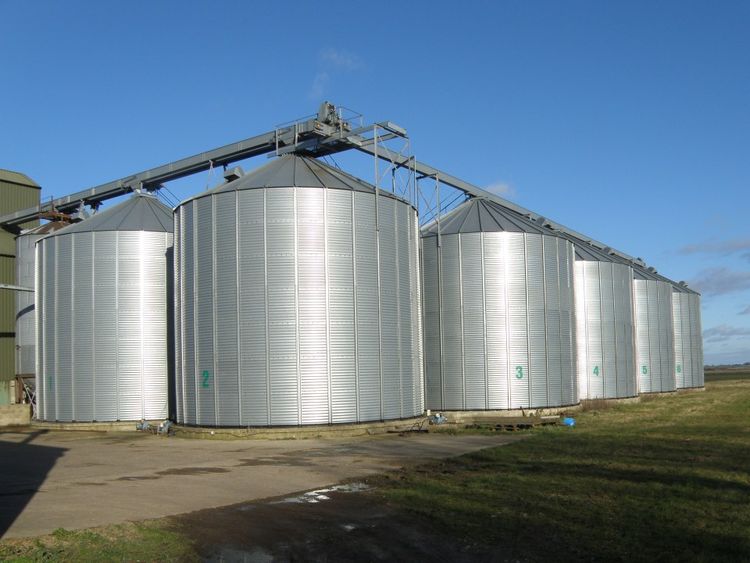How we can inject speed into Data Science, Artificial Intelligence and Organisational Data

What is the value of data? Over $5,000,000,000,000 - alludes Mckinsey, in "The Age of Analytics". This is more than the GDPs of Italy, Canada, and Australia - combined - and over 5% of global "Gross Domestic Product". Given such scale, can business leaders afford to “have a lot of data" and not be able to do "anything with it” - as suggested in a notable Harvard Business Review article on "Why you're not getting value from your Data Science".
But given significant advancements in technology - with big data, the cloud, data science, machine learning, AI, and so on - why does data still feel, for most, like being back in the stone ages?
The simple - single word - answer seems to be "friction".
There seems to be a kind of friction that causes data to slow down - as it travels from its sources to us - as and when we want it. There seems to be a sort of friction that drags out timelines when we try to deliver data projects - even within environments that should be Agile. There also seem to be some organisation friction between people and teams who work across data - such as the frustrations sometimes evident between data engineers and data scientists.
So, what might help?
The #SpeedInjectionModel is an approach for radically driving towards frictionless landscapes - by injecting speed into our data. This holistic framework focuses on enhancing, not just pace, but the availability and integrity of data, data science and artificial intelligence pipelines. It is concerned with all aspects of our data value chain - including acquisition, processing and consumption.

It does this by assessing data landscapes - across the 3 key dimensions of People, Design, and Lifecycle - to establish the intersection between leadership vision, organisational capability, and environmental conditions.

In its assessment, the Speed Injection Model benchmarks the response to these three basic - yet fundamental - questions, against business or organisational aspirations:
- People - could the predominantly heritage "functional silo" model sufficiently underpin your organisational ambition or would a more empowering and more scalable "autonomous silo" approach be better suited?
- Design - would the more traditional focus on "frugality" suffice, or would the more adaptable and scalable focus on "flexibility" be best suited to your business aspirations?
- Life-cycle - would a "tight incremental" life-cycle strategy deliver to your organisational goals or would a more flexible "loose iterative" strategy be more appropriate?
Thank you






Member discussion